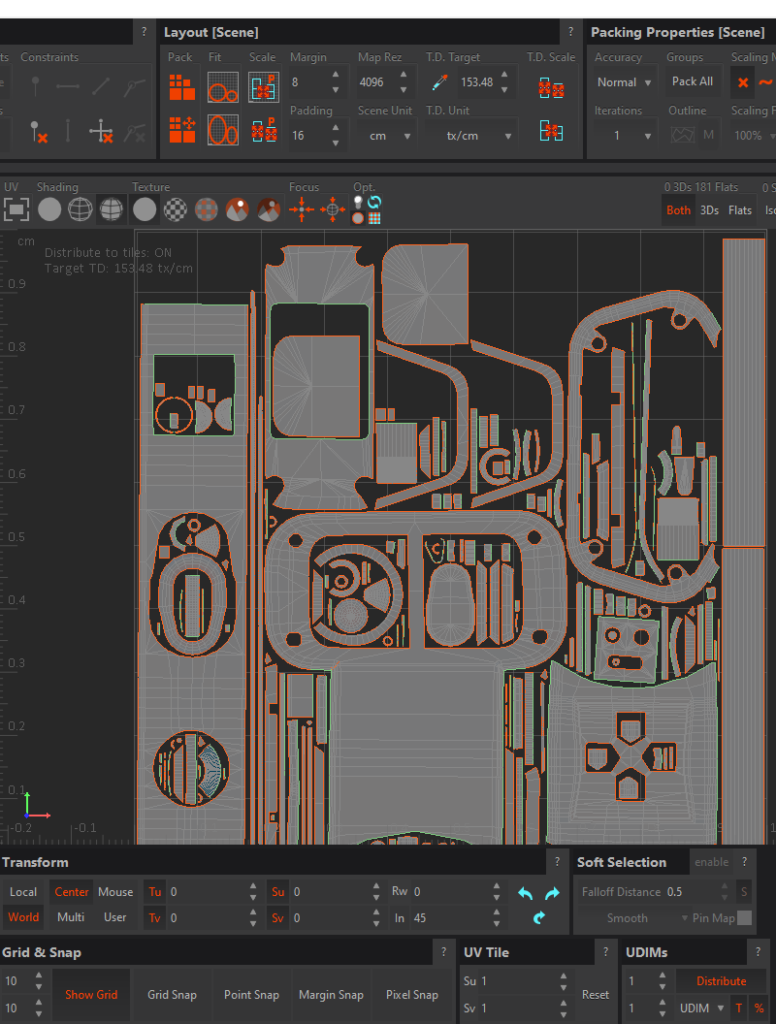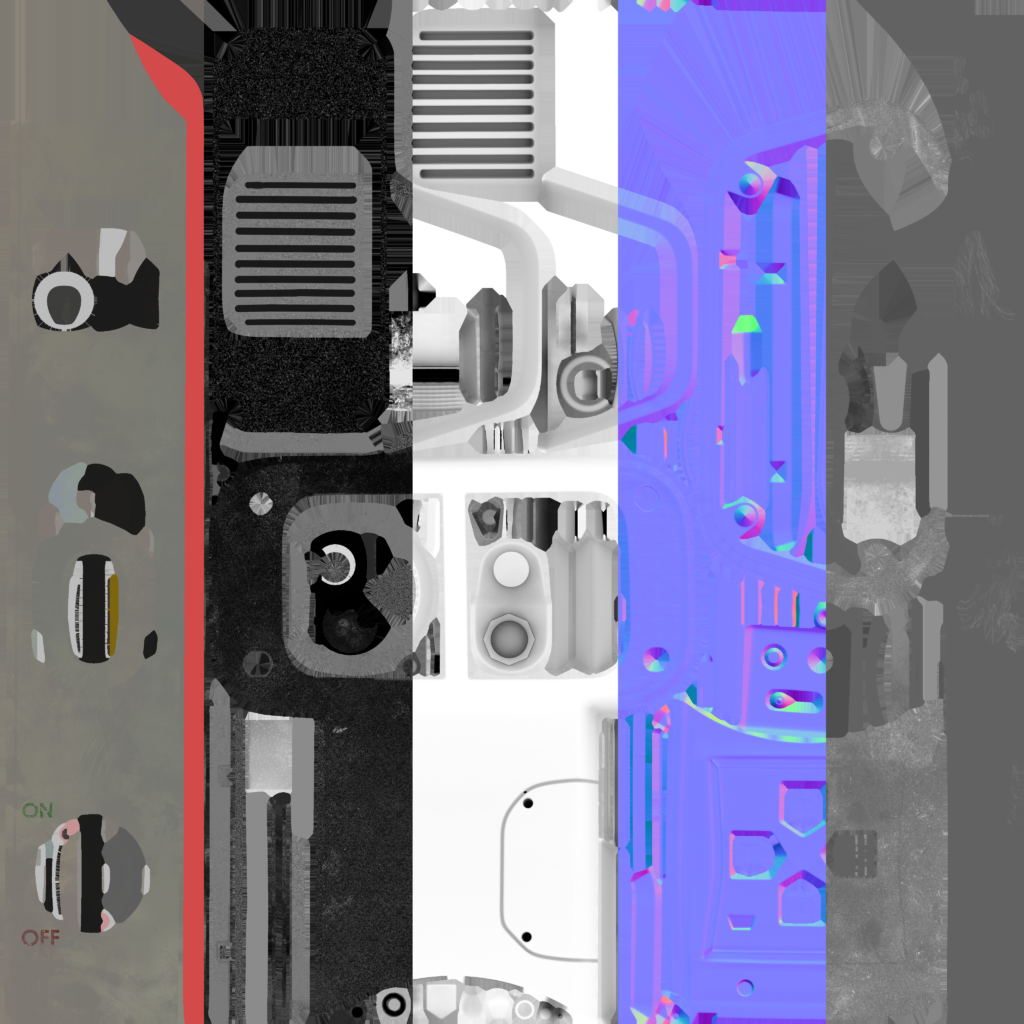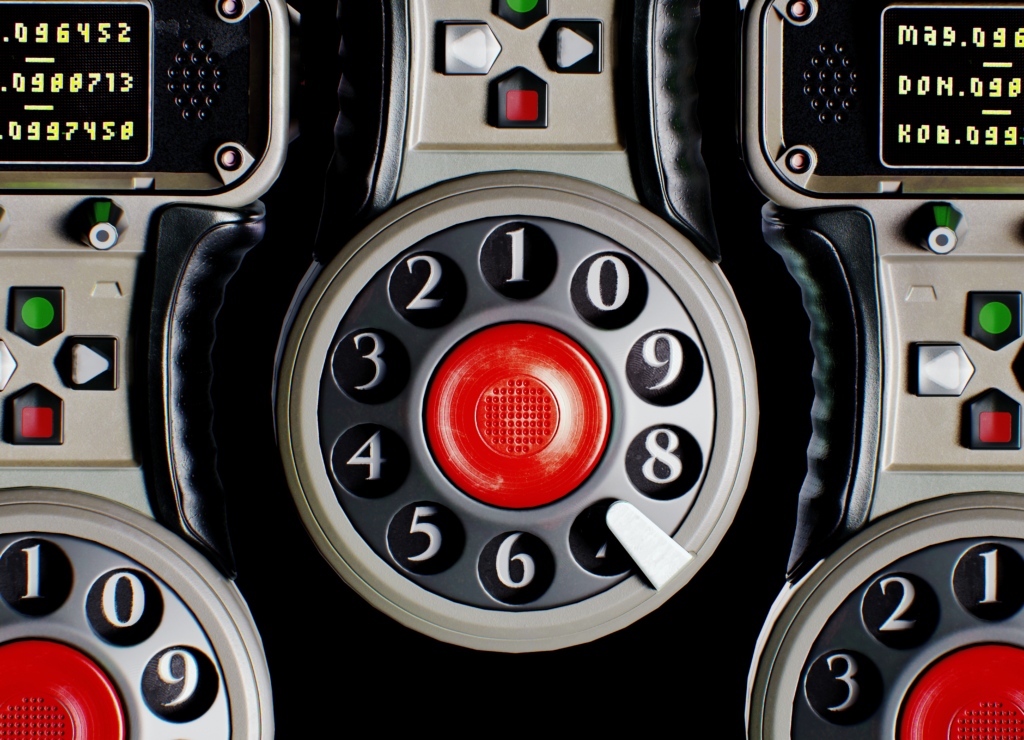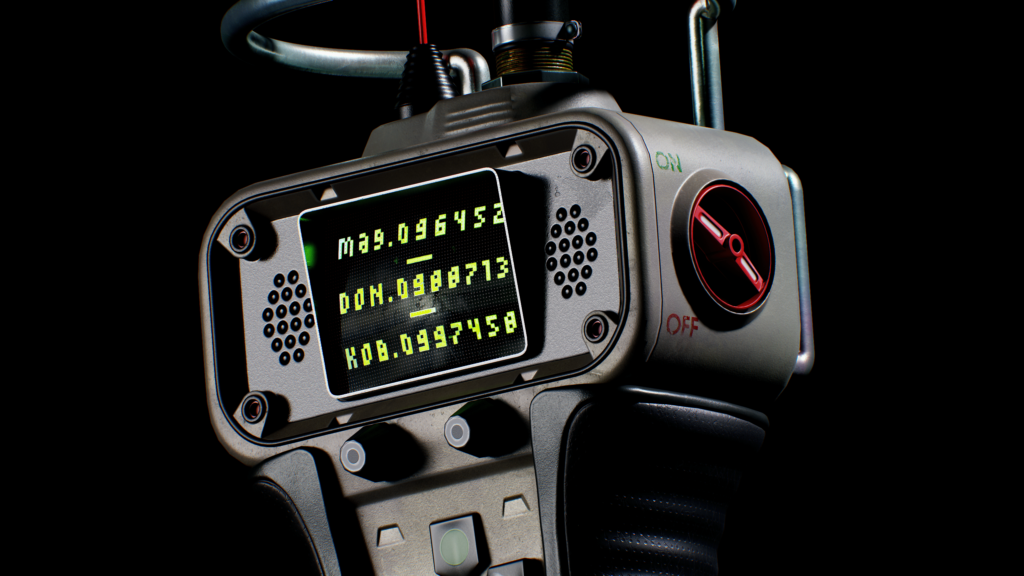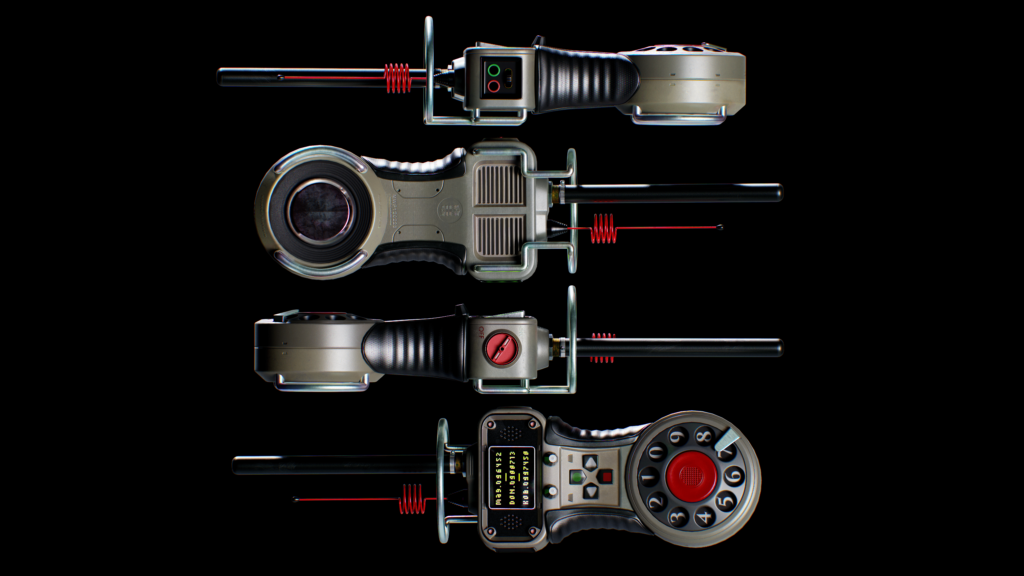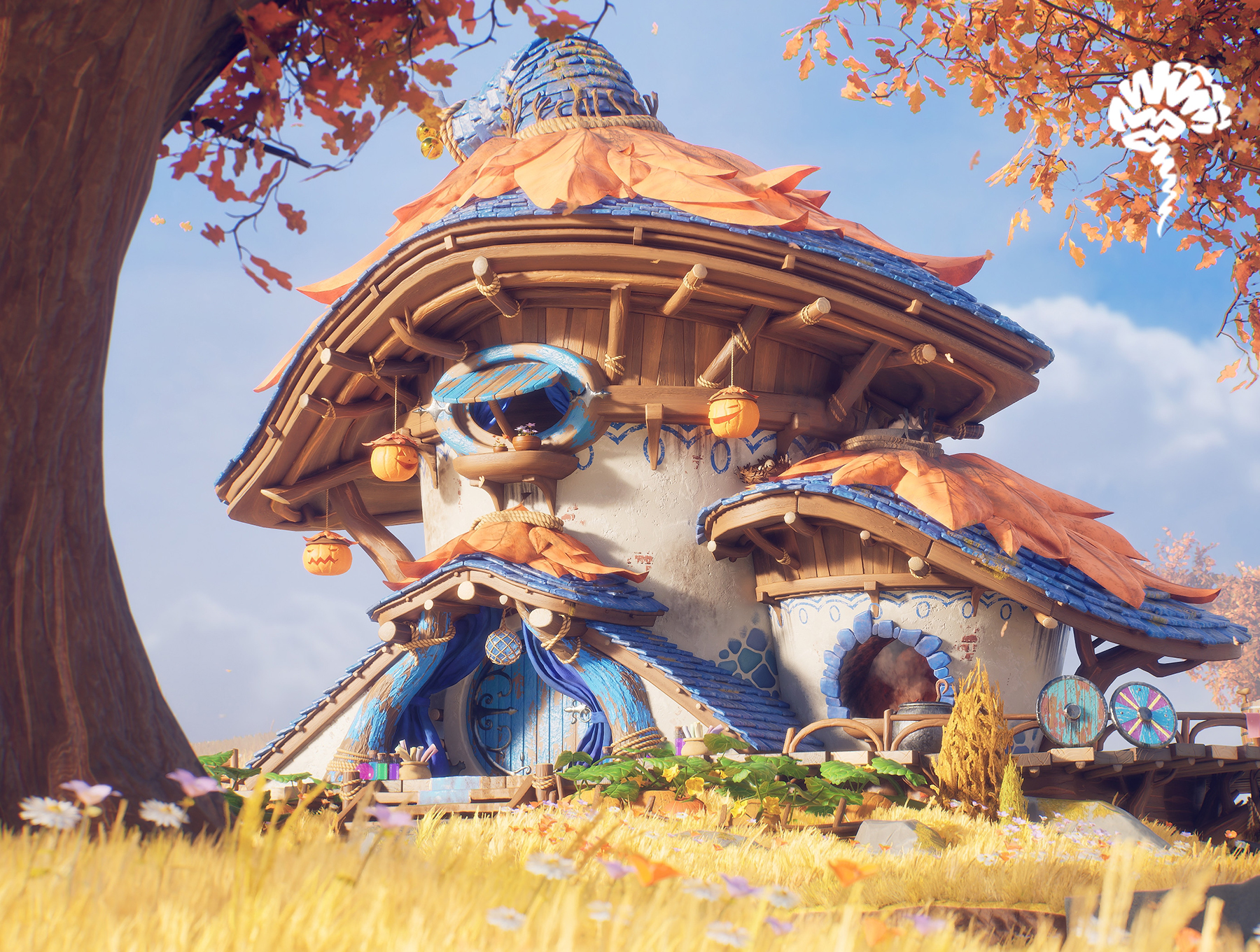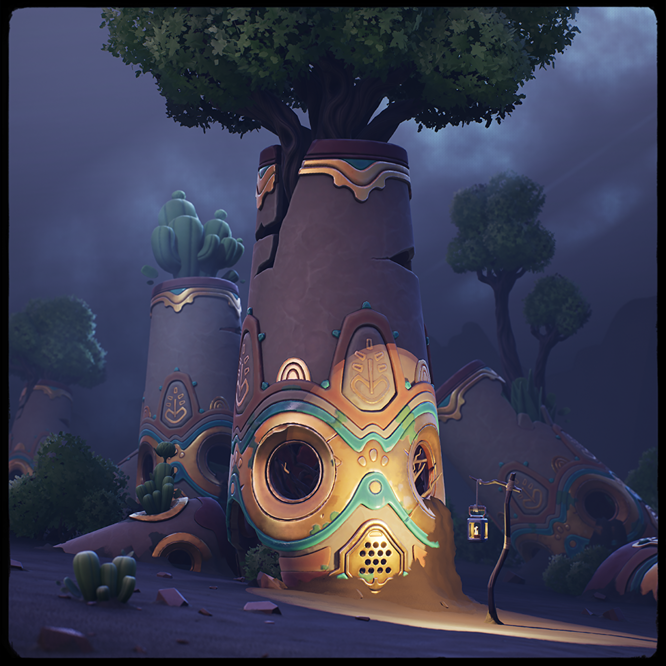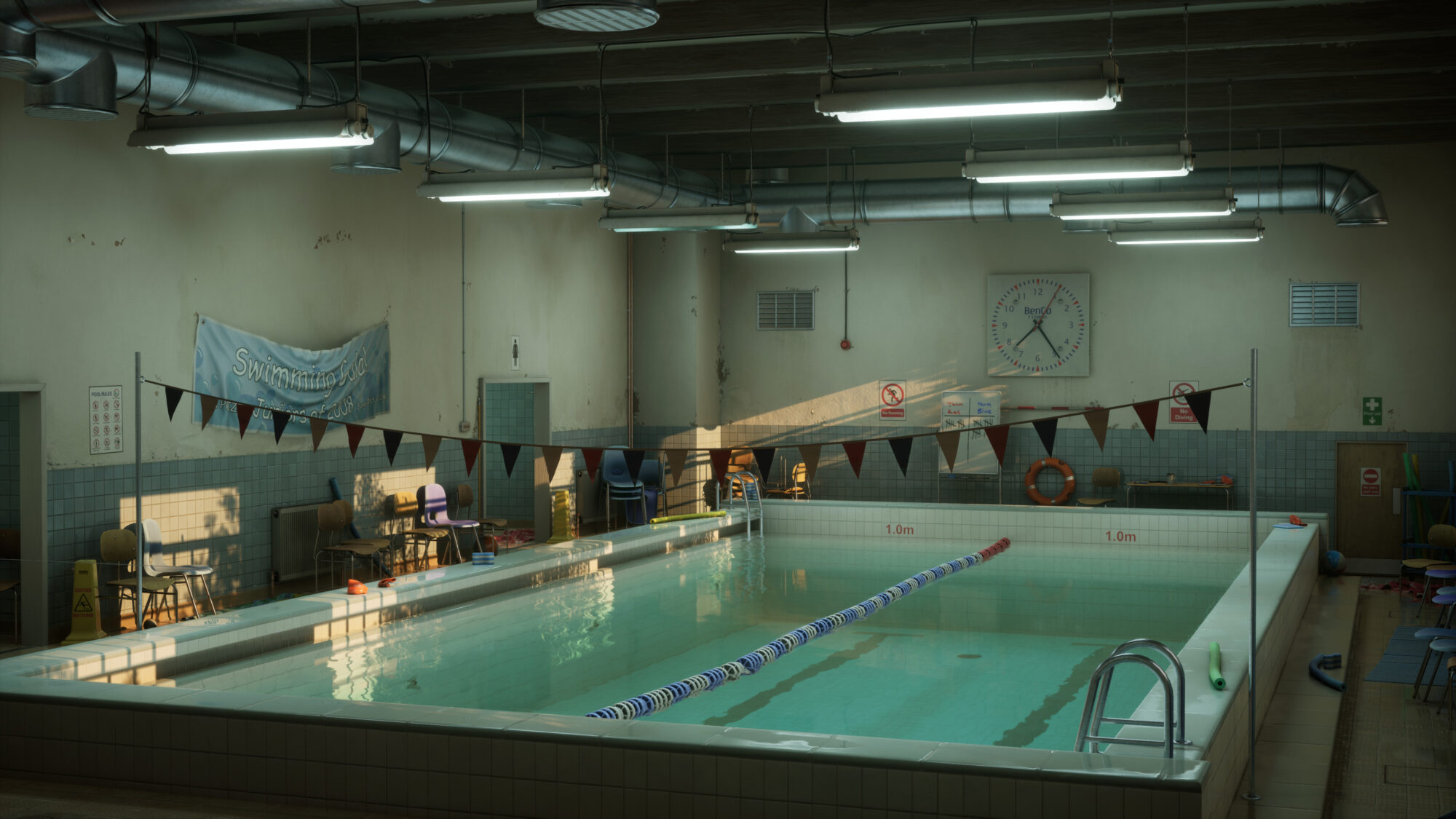Magnetic Wireless Phone


Introduction
Hello, my name is Serhii, I am a 3D artist from Ukraine. By the standards of the industry, I engaged not so long ago.
I am passionate about hard surface and concept design. I am really inspired by the creation of something new and special.
Goals
My goal was to create a device concept that would combine three other devices, namely: a cell phone, a walkie-talkie, and a rotary phone
Since I am interested in concept design, I decided that it would be a good and fun challenge for me.
I was inspired by the aesthetics of the technology of the 80s and 90s. Also various variations of radios and telephones. Having spent the majority of hours studying the details and concepts in order to successfully combine three different types of devices.

Software
- Maya
- ZBrush
- RhizomUV
- Marmoset Toolbag
- Substances 3D painter
- Photoshop
Work Flow
My creating process of High poly and Low or Mid poly models includes two programs: Maya and ZBrush.
In Maya, I created the basic shapes of the model, taking into account the minimum required topology. Then export these shapes to ZBrush. And ZBrush has already given me very flexible options. In front of it, here is the life Boolean function, which is especially useful in the creation of hard surfaces of models because it allows creating quickly interesting and complex models.
Here is a quick example of my method:
- I create the basis of the form;
- Then I create an object with the help of which I can achieve the desired result;
- I export these two objects to ZBrush;
- Using the live Boolean function, I subtract the second object from the first due to which I get this form;
- Next, I collapse this form;
- Then, choosing the right resolution, I perform DynaMesh;
- After that, using the “polish crisp edge” function, I remove the check mark from the circle and create the necessary chamfers on the edges of my geometry;
- As a result, having a large model size, I reduce it using the decimation function;
- To finish it I export the model back to Maya. Thus, High poly is ready;
- Low poly is easy to create;
- With previously prepared objects, we perform a Boolean operation already in Maya;
- At the output, we get a low poly in which the topology needs to be cleaned;
- In the end, deploying the low poly model, I do in RizomUV;
- And bake in Marmoset.
The advantage of this method is the flexibility of the process, unlike CAD programs because at any moment you are free to correct your object using ZBrush.
Сoncept
While working on this project, I created several variants of the phone. I wanted to fully develop my idea, so I concluded that I need several options for comparison.
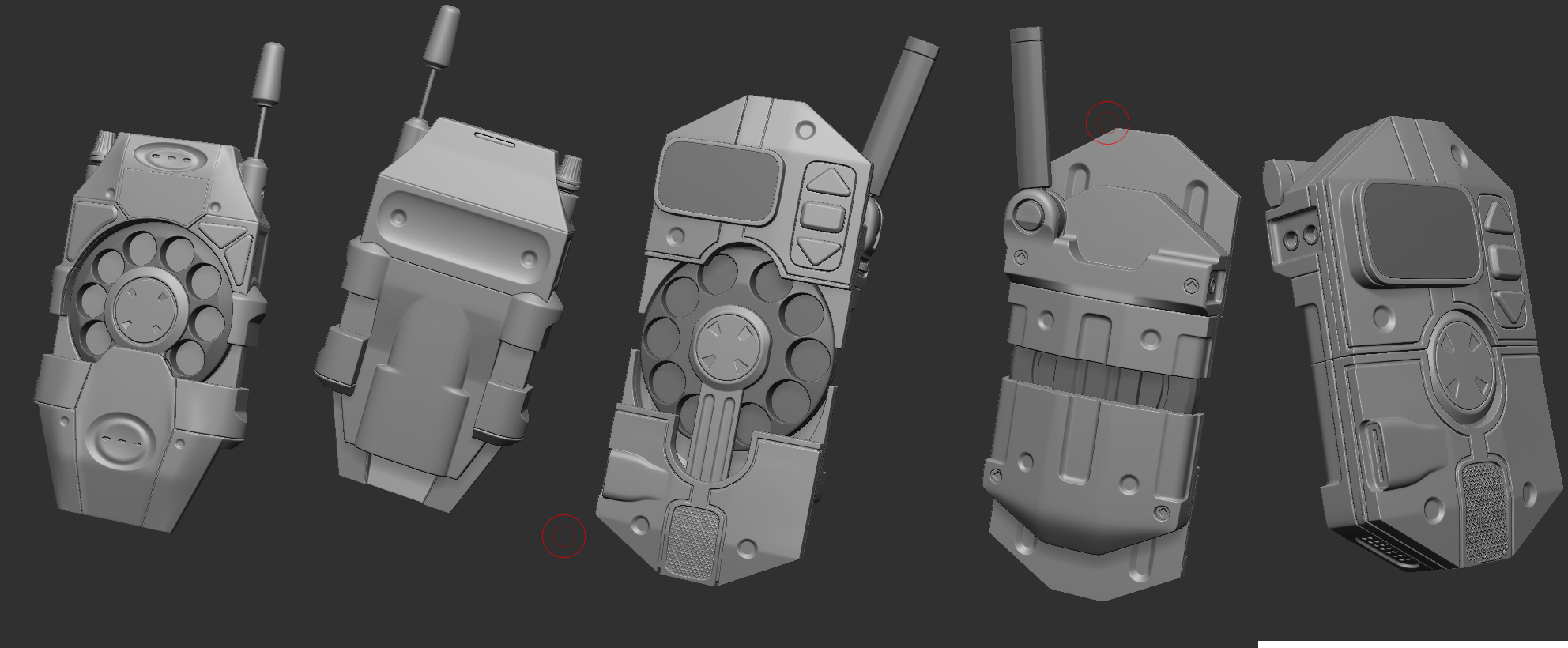
Texel density
Since this is my personal project, I decided to do mid-poly because I have cylindrical and soft shapes, and I would like to leave them as detailed as possible.
I split my project into two texture maps to store the high Texel density.
Bake
I baked the model in the marmoset toolbag and substance painter.
In Marmoser, I baked normal, ambient occlusion and curvature.
Other cards were baked in Substance. As for me, marmoset bakes basic maps more correctly than substance painter.
Textures
Creating textures, I started from the idea that this phone should not look like an object of antiquity, but rather like a simple used thing.
Therefore, I focused mainly on light dirt and scratches.
Render
For rendering, I have two sets of lights.
I made the first set in addition to the main HDRI and placed it in the same group as the sky.
I created another set to complement and emphasize individual details.
Thank you for your attention, I hope you were interested.

